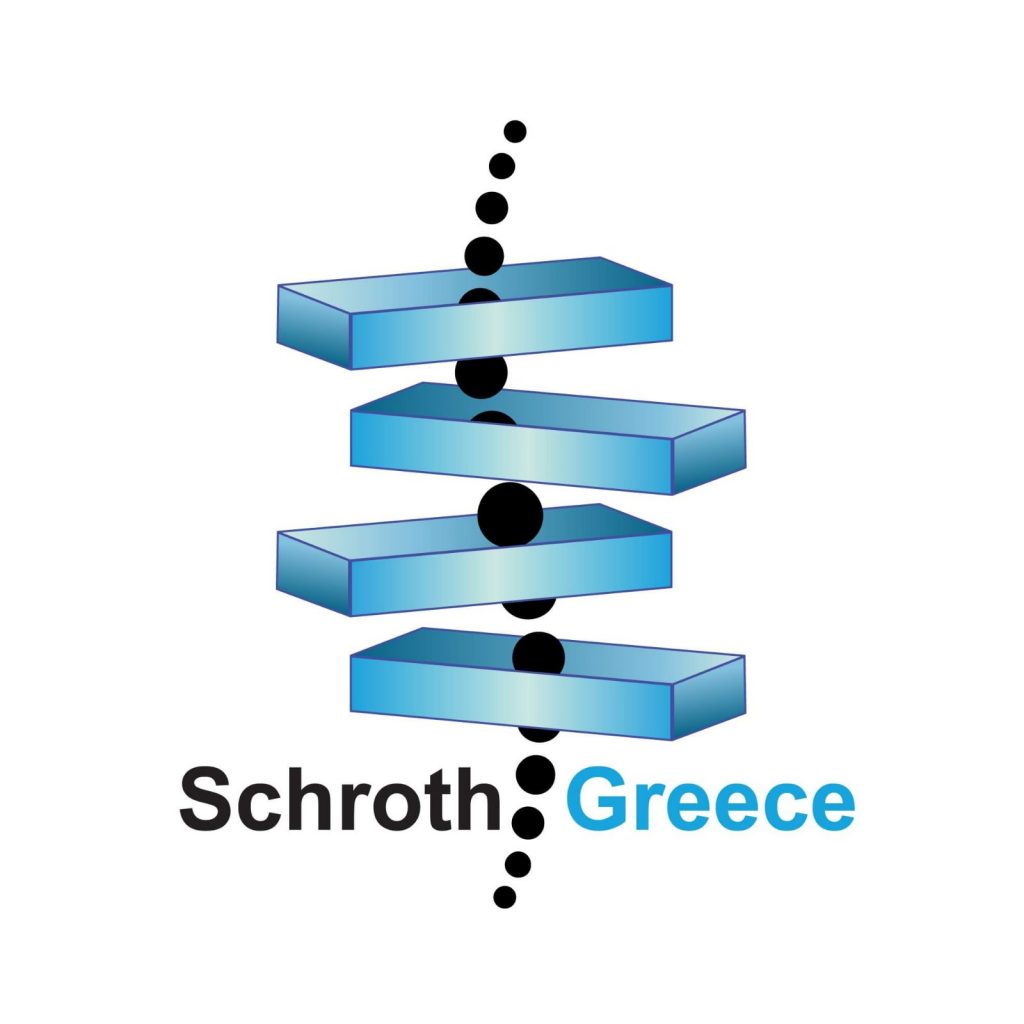scoliosis
Scoliosis is a three dimensional deformation of the spine and torso. This deformation on the occurrence of one or more lateral tuberosities, the disruption of normal Kyphotic or lordotikon curves and spiral rotational movement of the vertebrae.
Scoliosis affects 2-4% the adolescent population and part of that figure, you will need some kind of treatment, special exercises for scoliosis, guardian or even surgery fusion surgery.
The diagnosis is usually confirmed by radiography. The spine of a person with scoliosis will shape "S" or "C".
The angle measure COBB 10 degrees or more will be diagnosed as scoliosis.
The shaft rotation angle (ATR) 5-7 grades should be monitored closely (every 2-3 months) while a child is still growing.
Some types of scoliosis can cause back pain but
vast majority of scoliosis is not painful.
Categories.
idiopathic scoliosis
This is the most common type of scoliosis and is the 80% cases of scoliosis.
idiopathic = Exact cause is not known. divided into 3 categories:
1) Infantile scoliosis: birth to 3 years old
2) Juvenile Scoliosis: 3 – 10 years old
3) Adolescent scoliosis: 10 -18 years old
congenital Scoliosis
This is a rare type of scoliosis, often resulting in incomplete formation or segmentation of the spine. Individuals with congenital scoliosis develop lateral spine curves during childhood.
neuromuscular Scoliosis
In this type of scoliosis, Lateral curvature of the spinal column due to muscular weakness or neurological disorders.
degenerative Scoliosis
Degenerative scoliosis occurs in adults and is due to degeneration of the spine that occurs with aging.
Signs and symptoms of scoliosis
The shoulders may not have the same height.
The head may not be centered on the imaginary line to the sump.
The chest may not be symmetrical and the sides may have different heights.
One shoulder may be higher and more protruding than the other.
The basin may be higher on one side.
The subject may be tilted to one side.
The leg length may not seem like.
therapeutic options
Scoliosis by 25 ° treated with special physiotherapy exercises. The first objective or interruption of progression of scoliosis, and then reducing the tuberosities.
Scoliosis of greater than 25 ° treated with combination guardian and special physiotherapy exercises
Scoliosis of greater than 50 °. Surgery may be the treatment options although in some cases the conservative treatment can achieve to avoid surgery.
The risk of progression of the curve depends on various factors:
The age, sex and the curve are factors that probably affect development in children. In skeletally immature patient, the risk of progression is mainly related to the growth potential. So, the impact of development is high in children with detection curves before the age of 10 years (JIS). The highest level of development occurs during rapid, pubertal development increase (Risser 0-3).


